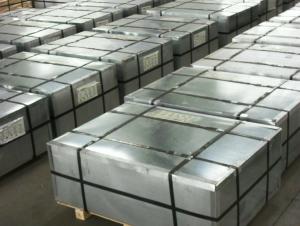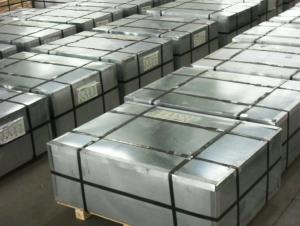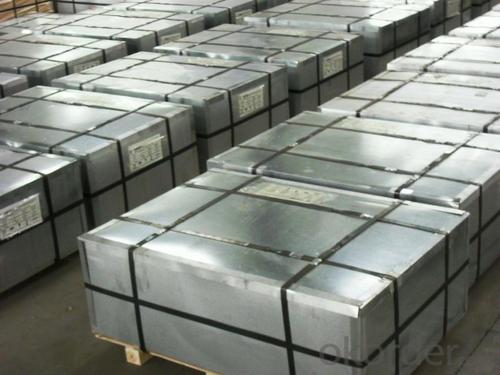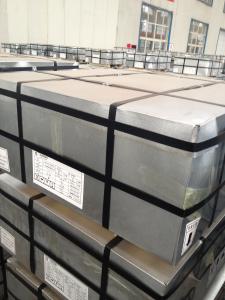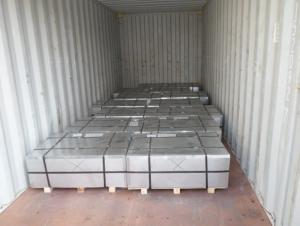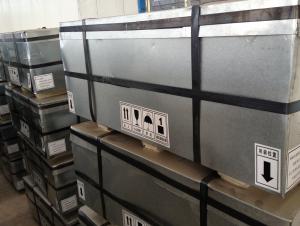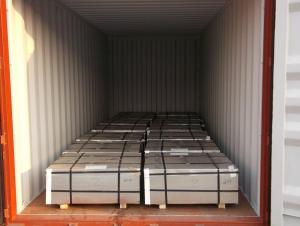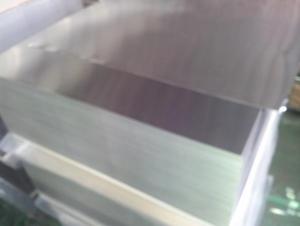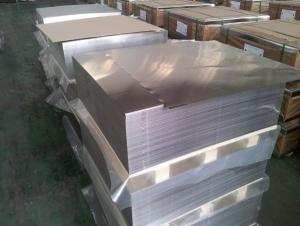Dubai Market Use Tinplate For Vegetable Can-CHBA Made In China
- Loading Port:
- Tianjin
- Payment Terms:
- TT/LC
- Min Order Qty:
- 20 Tons~ 25 Tons m.t.
- Supply Capability:
- 40000 MT Per Month m.t./month
OKorder Service Pledge
OKorder Financial Service
You Might Also Like
General information of Tinplate for Vegetable Can
Steel Type | MR |
Temper (BA&CA) | T1~T5, DR8 |
Coating | 2.8~8.4g/m2 |
Thickness & Tolerance | 0.15~0.5mm (Tolerance:±0.01mm) |
Width & Tolerance | 600~1000 mm(Tolerance: +2/-0mm) |
I.D | 508 MM |
Coil Weight | 3~10 MT |
Passivation | 311 |
Oiling | DOS |
Surface Finish | Bright ,Stone ,Silver ,Matte |
Min Order | 25 Tons for 1 20 feet FCL |
Package | Seaworthy Export Standard Wooden Pallet |
Standard Available | GB/T2520-2000, JIS G3303, ASTM A623, BS EN10202 |
Lead Time | 35 days after receiving buyer's original L/C or Prepayment |
Special specifications are available on customers' requirements. | |
Technical data of Tinplate for Vegetable Can
Chemical Composition(%) | Mechanical Property |
C:0.04~0.06 | Yield Strength: (Mpa):280~320 |
Si:0.01~0.03 | TensileStrength: (Mpa):340~390 |
Mn:0.18~0.22 | Elongation:20%~30% |
P:0.014~0.016 | ------------- |
S:0.006~0.009 |
Application of Tinplate for Vegetable Can
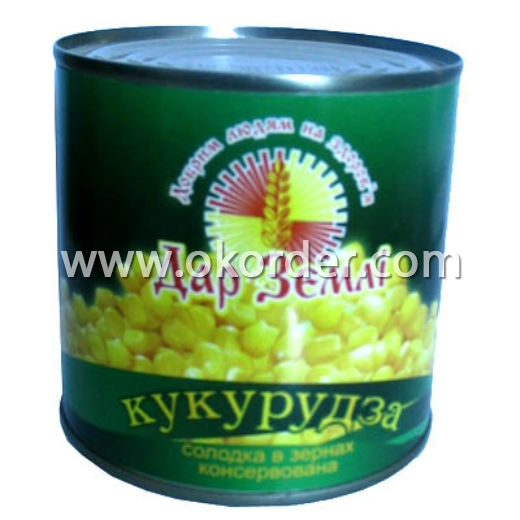
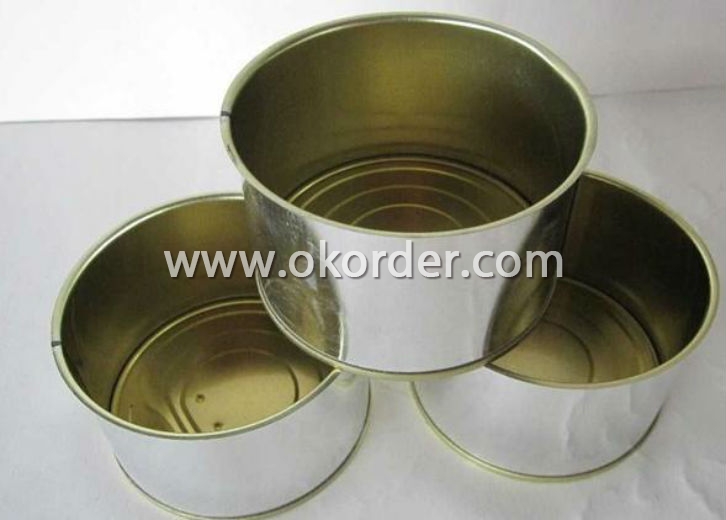
Tinplate is widely used for making all types of containers such as artistic cans, tea cans, painting cans,
chemical package cans and metal printing etc. Its applications are not limited to containers; recently,
tinplate has also been used for making electrical machinery parts and many other products.
Equipment and Facility of Tinplate
Tin Coating Line of Tinplate
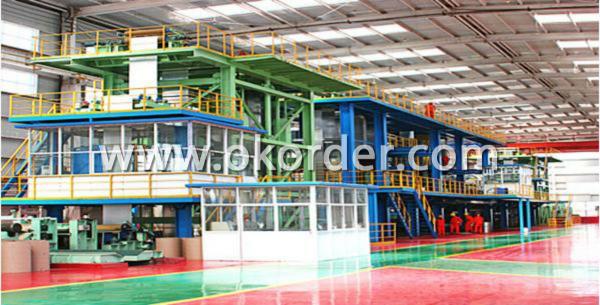
Cold Rolling Mill Batch Annealing Furnaces
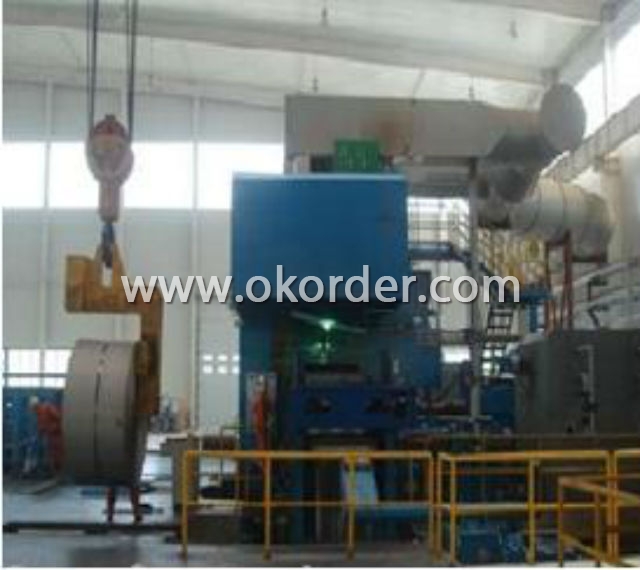
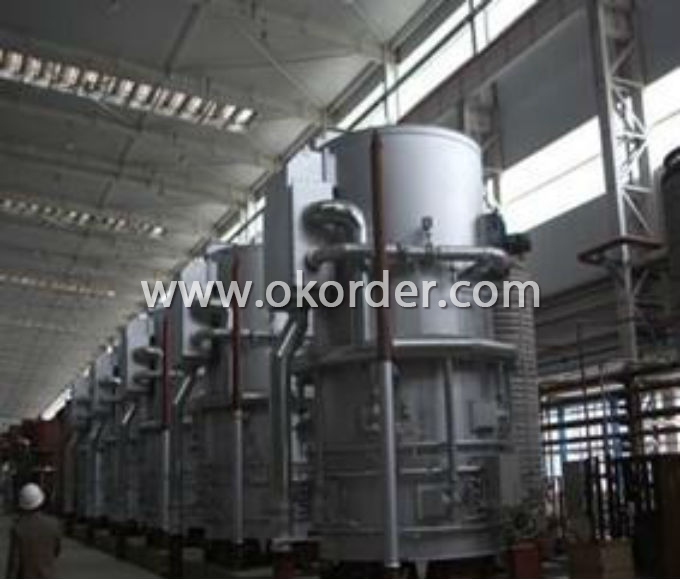
Cutting Line Stock Area
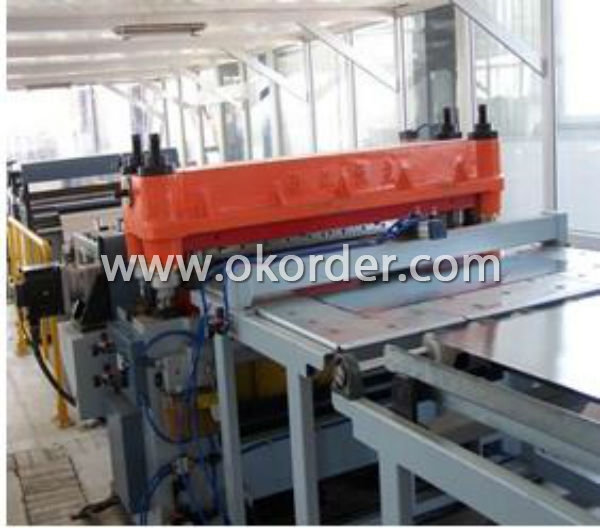
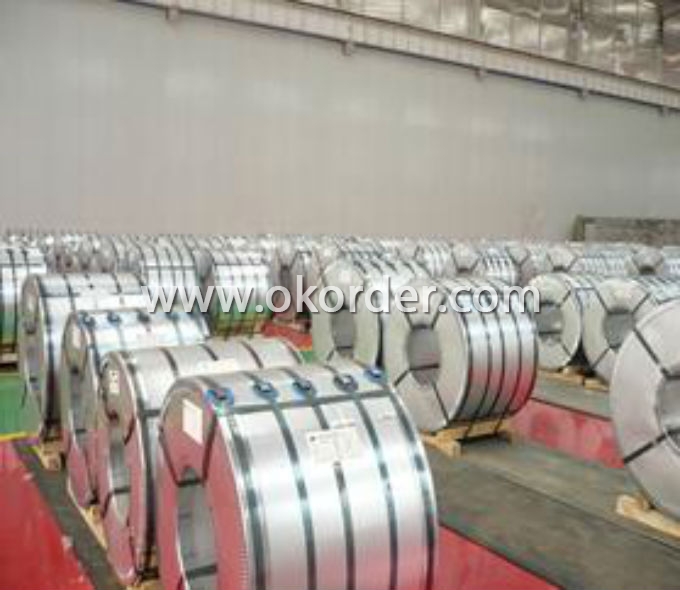
Quantity Control System of Tinplate
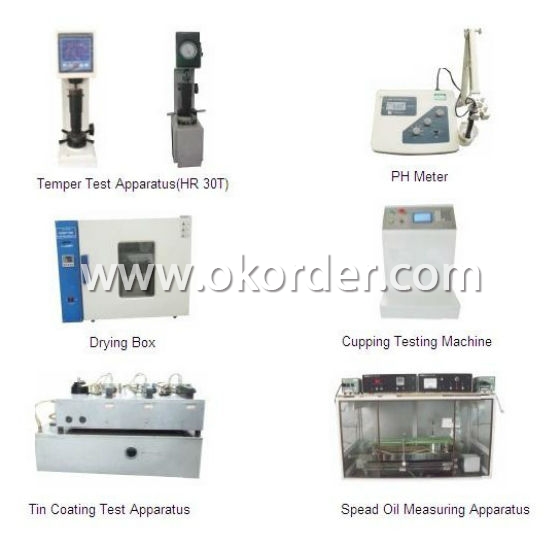
- Q: Can tinplate be used for packaging liquid products?
- Yes, tinplate can be used for packaging liquid products. Tinplate is a type of steel coated with a thin layer of tin, which provides excellent barrier properties against moisture and oxygen. This makes it suitable for packaging liquids as it helps to prevent spoilage and maintain the product's quality. Additionally, tinplate is also durable and safe for food contact, making it a popular choice for packaging various liquid products such as beverages, oils, and sauces.
- Q: How is tinplate coated for promotional items?
- Tinplate is typically coated for promotional items through a process known as electroplating. This involves immersing the tinplate in an electrolyte solution and passing an electric current through it, causing a layer of tin to deposit onto the surface. This coating not only enhances the appearance of the promotional items but also provides protection against corrosion and improves their durability.
- Q: How does tinplate compare to other packaging materials in terms of weight?
- Tinplate is relatively lightweight compared to other packaging materials such as glass or stainless steel, making it a favorable choice for various industries.
- Q: How does tinplate compare to other types of packaging materials?
- Tinplate is known for its durability, strength, and resistance to corrosion, making it superior to many other packaging materials. It offers excellent protection against moisture, light, and oxygen, which helps preserve the quality and freshness of the packaged products. Moreover, tinplate is highly versatile, allowing for creative designs and printing options, making it visually appealing to consumers. While it may be slightly more expensive than some alternatives, tinplate's numerous advantages make it a preferred choice for packaging in various industries.
- Q: What are the common sizes and shapes of tinplate products?
- Common sizes and shapes of tinplate products include rectangular or square containers, cylindrical cans, and tinplate sheets or strips in various dimensions. These sizes and shapes are commonly used for packaging food, beverages, cosmetics, and other consumer goods.
- Q: Can tinplate be used for hazardous material packaging?
- Yes, tinplate can be used for packaging hazardous materials. Tinplate is a durable and corrosion-resistant material that can effectively contain and protect hazardous substances. It is commonly used in the packaging industry for various hazardous materials such as chemicals, paints, and flammable liquids. Tinplate's ability to withstand extreme conditions and its impermeability to gases and liquids make it a suitable choice for hazardous material packaging.
- Q: How is tinplate stored and transported?
- Tinplate is typically stored and transported in rolls or sheets. It is commonly packaged in coils and secured with strapping or wrapping to prevent damage during transportation. These coils or sheets are then loaded onto trucks, ships, or trains for distribution to manufacturers and consumers. Additionally, proper handling and storage conditions are crucial to maintain the quality of tinplate, such as protecting it from moisture, extreme temperatures, and physical impact.
- Q: How is tinplate formed into different shapes?
- Tinplate is formed into different shapes through a process called metal stamping or deep drawing. The tinplate sheet is fed into a machine where a die and punch press it into the desired shape. The pressure exerted by the punch forces the tinplate to conform to the shape of the die, resulting in the formation of various shapes such as cans, containers, or lids.
- Q: What are the main regulations governing the use of tinplate in different industries?
- The main regulations governing the use of tinplate in different industries vary depending on the country and specific industry. However, some common regulations include standards for food contact materials, such as the Food and Drug Administration (FDA) regulations in the United States, which ensure the safety of tinplate used in packaging food and beverages. Other regulations may pertain to health and safety standards, recycling and waste management practices, and environmental regulations related to the production and disposal of tinplate. It is important for businesses to comply with these regulations to ensure the safe and responsible use of tinplate in different industries.
- Q: How has tinplate evolved over the years?
- Tinplate has evolved significantly over the years in terms of its production process, durability, and applications. Initially, tinplate was made by coating iron sheets with a thin layer of tin to prevent corrosion. However, as technology advanced, electroplating replaced the traditional hot-dipping method, resulting in a more efficient and cost-effective production process. Additionally, the development of various alloy coatings has further enhanced the durability of tinplate, making it more resistant to rust and damage. Moreover, tinplate has expanded its applications beyond traditional cans, finding its way into packaging for food, beverages, aerosols, and cosmetics. Overall, the evolution of tinplate has revolutionized the packaging industry, offering improved quality, versatility, and sustainability.
1. Manufacturer Overview
| Location | Hebei,China |
| Year Established | 2009 |
| Annual Output Value | Above US$100 Million |
| Main Markets | North America;South America; Eastern Europe Southeast Asia; Africa; Mid East Eastern Asia; Western Europe; Central America Northern Europe; Southern Europe; Domestic Market |
| Company Certifications | HACCP;ISO 9001:2008;ISO 14001:2004 |
2. Manufacturer Certificates
| a) Certification Name | |
| Range | |
| Reference | |
| Validity Period |
3. Manufacturer Capability
| a) Trade Capacity | |
| Nearest Port | Tianjin |
| Export Percentage | 11% - 20% |
| No.of Employees in Trade Department | 6-10 People |
| Language Spoken: | English;Chinese |
| b) Factory Information | |
| Factory Size: | Above 270,000 square meters |
| No. of Production Lines | Above 12 |
| Contract Manufacturing | OEM Service Offered |
| Product Price Range | High;Average |
Send your message to us
Dubai Market Use Tinplate For Vegetable Can-CHBA Made In China
- Loading Port:
- Tianjin
- Payment Terms:
- TT/LC
- Min Order Qty:
- 20 Tons~ 25 Tons m.t.
- Supply Capability:
- 40000 MT Per Month m.t./month
OKorder Service Pledge
OKorder Financial Service
Similar products
Hot products
Hot Searches
Related keywords
